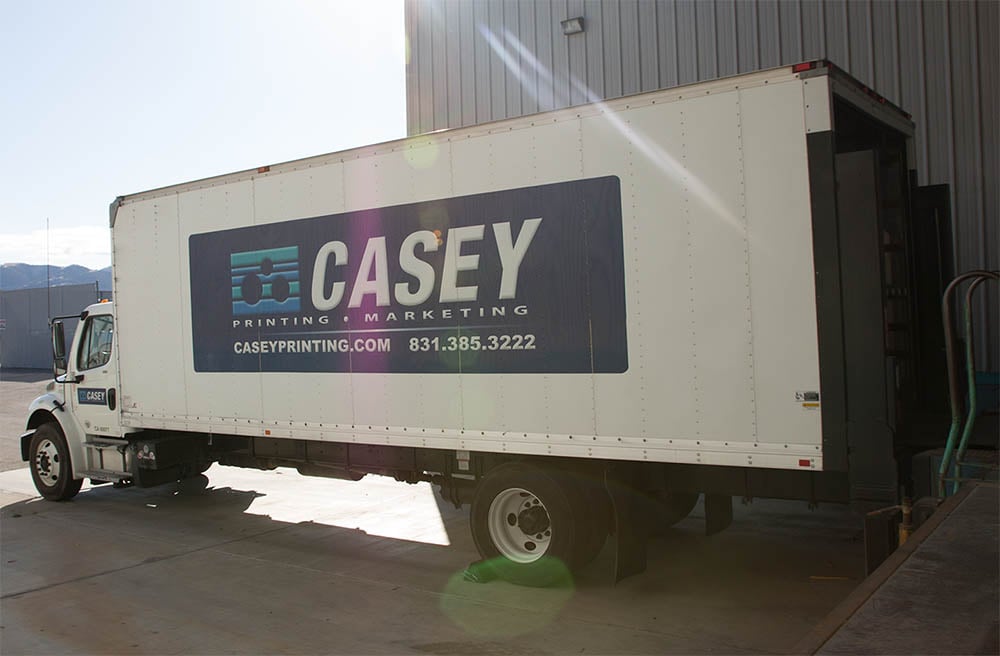Prior to launching their educational ship each semester, students pore over and through mountains of information as they attempt to chart a course for the next 15-16 weeks. The cost of the class, when it is offered, program requirements and prerequisites are all considerations weighing heavily on the student's mind.
Where do they go to sort this out? Certainly the college website is a key stop in this journey, as are counselors and staff resources, but they are often stretched thin and don't have a lot of quality time to spend with each student. Ultimately it is left up to the good 'ol Course Catalog (a.k.a. Class Schedule) produced by companies like Casey Printing, to help students make the right choices to keep their education from blowing off course.
According to the Public Policy Institute of California:
“Course catalogs are a widely available resource at all 114 California community colleges—and improving these catalogs could help students better navigate their way through college. Course catalogs contain most, if not all, of the information students need to build their college and career pathways. These resources are about 300 pages long on average and list detailed information about the college itself and the courses taught in a given academic year. They generally include degree and program descriptions, assessment and placement procedures, course prerequisites, credits earned per course, and much more. But course catalogs are often not structured in a way that makes this crucial information accessible.”
So how do we make this important tool work well for students?

1. Design & Layout
Publications like course catalogs are most effective when kept clear, clean and well organized. Here are some tips:
- Open space is your friend and creates dynamics when trying to emphasize certain graphic elements.
- Use compelling photos and graphs wherever space permits.
- Use a limited number of type faces and use them in a consistent manner.
- Flowcharts and diagrams are an excellent way to help the reader sort through a potentially confusing jumble of information.
Research done by the PPIC indicates that there are still students at 26 colleges who have to figure out appropriate sequences of classes for themselves because their course catalog does not feature flowcharts. By contrast, “San Jose City College has a good example of a flowchart that illustrates the sequence of math courses students need to take depending on their academic discipline—with different possible sequences for STEM and non-STEM majors. Even among colleges that do provide helpful illustrations, less than half (46 colleges) provide them in a central resource like a college catalog. This adds an extra step for students who need to know which math courses will count toward their degree.”
Don't forget that user experience is paramount for a publication like a catalog. After each draft, it's a good idea to take a step back and "redline" any information or element that is not necessary to communicate your idea. Less is more.

2. Look and Feel
Mailing your catalog to saturate a given zip code or neighborhood (specific postal routes) is “push” marketing at its finest. In the face of a multitude of online marketing initiatives, the effectiveness of the printed catalog, mailed to prospective students, has been proven time and time again.
Just think about the volume of physical mail you receive today vs. 10 years ago. Now consider the number of emails on your phone right now that you have not had the time to delete. Direct mail is one of today's best examples of marketing arbitrage.
In the interest of saving budget dollars, many colleges have experimented with the idea of not producing and mailing a catalog and consequently suffered severe drops in enrollment.
That said, lets take advantage of this great tool and make it look and feel like something special. Find a printing company, like Casey, that can produce a full color glossy cover, wrapped around inside pages on less expensive uncoated paper. This makes for a beautiful “magazine” type reader experience and creates a high quality image for the college. At the same time the uncoated paper on the inside helps keep the budget in line and the higher percentage of recycled content makes for an eco-friendly choice.
Regular newsprint is an option for this inside paper, but there are several upgrades to newsprint types of uncoated paper that do not add a significant increase in cost but do provide a substantial kick in quality.

3. Distribution
Now that we made it look and feel nice, let's get it out there where folks can see it! As mentioned above, saturation mailing (a.k.a Route Sort or EDDM) is an excellent way to get your course catalog delivered to every door step in a given mail route. A full service print and mail company, such as Casey Printing, offers resources for exploring zip codes and neighborhoods and can help you determine the routes that will most effectively reach your audience. In addition to that, a company like Casey with their own customized delivery vehicles can help you get those “news stand” catalogs that will be distributed in bulk to all campus locations, and neighborhood hot spots, where prospective students are most likely to find them.
In a Nutshell
Keep it clear, clean and well organized; utilize good design and the right paper choices to make it appealing; get it out there where students will find it and choose your college for their educational needs. Lastly, find a company like Casey Printing that specializes in course catalogs, and can provide any or all of the services you need to help make your catalog a winner!



